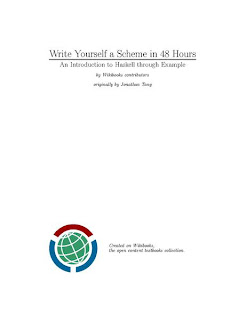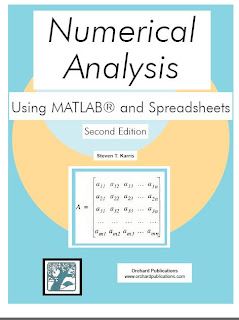Outlines a strategy for attaining wealth by looking for business opportunities and investing wisely, rather than seeking security through employment.
Before reading and more importantly, following the advise in Cash Flow Quadrant, I was like most people in that awful "paycheck to paycheck" cycle, "thank God it's Friday" and oh no, today it's Sunday, back to the old grindstone tomorrow" RUT.I was astonished the other day to talk with someone who I thought was doing pretty well financially. This individual said that if he missed2 paychecks, he would be bankrupt! Then I remembered that was were I was before I read and used the concepts in Cash Flow Quadrant!I would also recommend Who Stole The American Dream, The E-Myth Revisited And Multiple Streams of Income.
Repetition is the source of mastery, and The Cash Flow Quadrant takes the excellent thinking in Rich Dad, Poor Dad and builds to another level of detail. This information will increase what you learned in Rich Dad, Poor Dad and help you begin the transformation from a salaried or self-employed person into a business owner and investor.
The definitions of these four quadrants are important. As an employee, you have a job. As a self-employed person, you own a job. As a business owner you have a system (such as a franchise like McDonald's) that produces cash flow for you and others work for you. As an investor, your money works for you. Rich people are getting more than 70 percent of their cash flow and income by having money work for them.
One of the strengths of the book is that it deals with the subtle psychological differences among people in the four different quadrants, especially on subjects like security and freedom. Kiyosaki and Lechter then do a nice job of helping you understand the difference between risky and taking risk. The latter is a good idea, when you know what you are doing, and the former is always to be avoided.
The book is not dogmatic, pointing out that good results can be reached in a variety of ways. You have to decide which ones are right for you. In general, you are encouraged to move from the employee and self-employed side for your income to the business owner and investor side. Then, take your cash flow and expand it into investments.
Another of the strengths of the book is to make it clearer what the advantages of income property are. In these Internet stock-crazed days, many are looking only to stocks and missing good commercial property opportunities.
There are lots of good questions you can use to help frame your road through the cash flow quadant. At a minimum, you will become much more financially literate. With the help of the 7 steps here for making the necessary changes, you should begin to make the transition.
The book has a nice conversational tone that turns personal economics into common sense examples and principles.
The downside of any book about changing your life is that you can read it much faster than you can master the lessons and apply them. I suggest that you schedule time to reread this book over the next 10 years. That's the best way to check up on yourself and how you are doing.
I do recommend that you read Rich Dad, Poor Dad first. You'll get much more out of this book if you do that. Then you'll begin to see opportunities where others see difficulties. Good luck with fulfilling your goals!
DOWNLOAD















